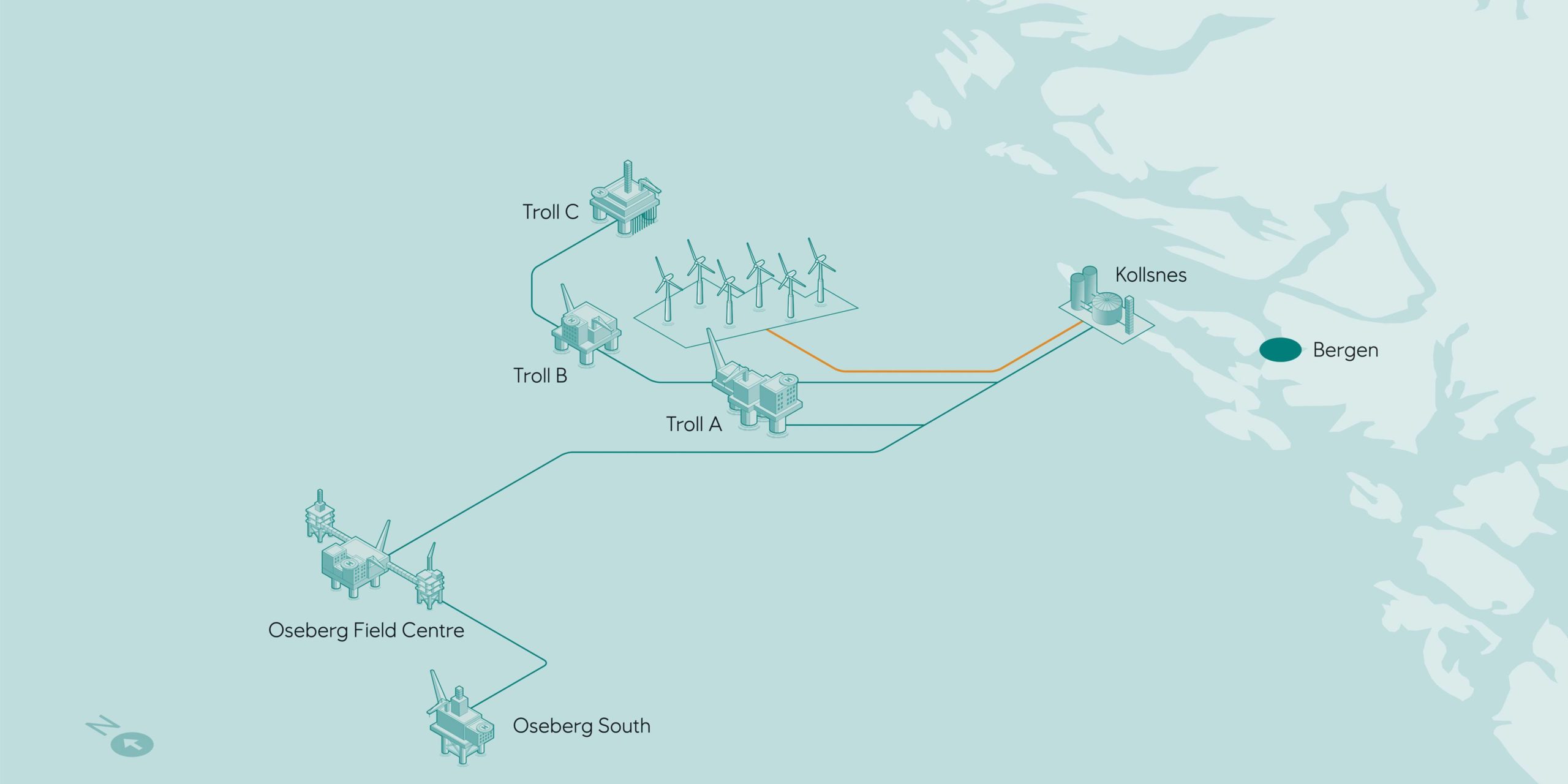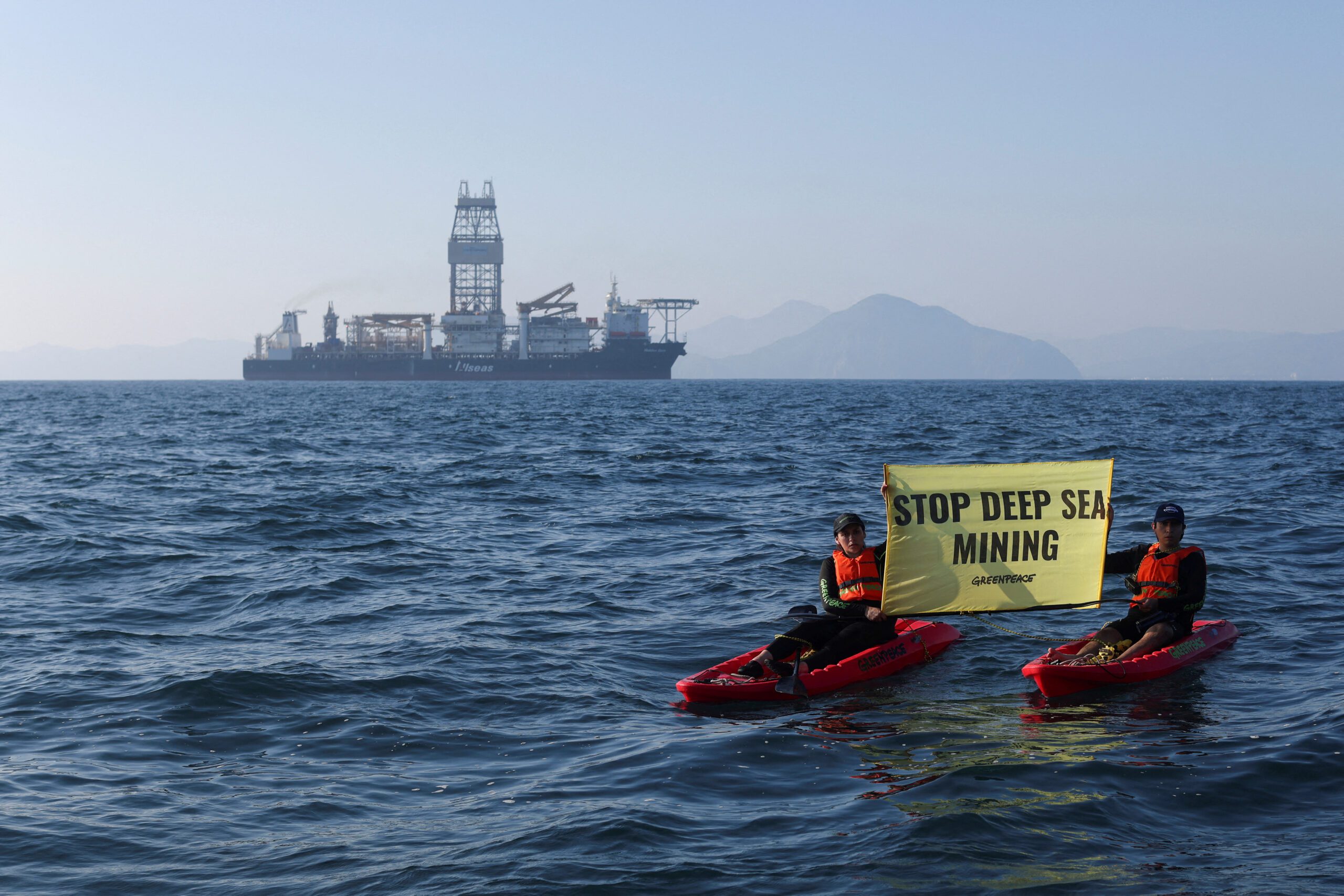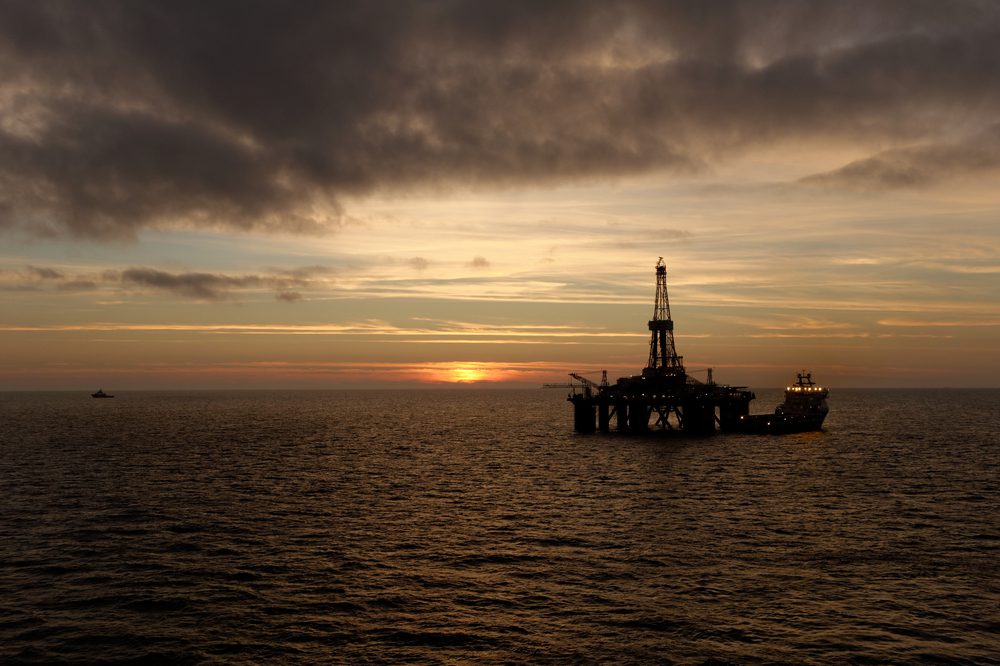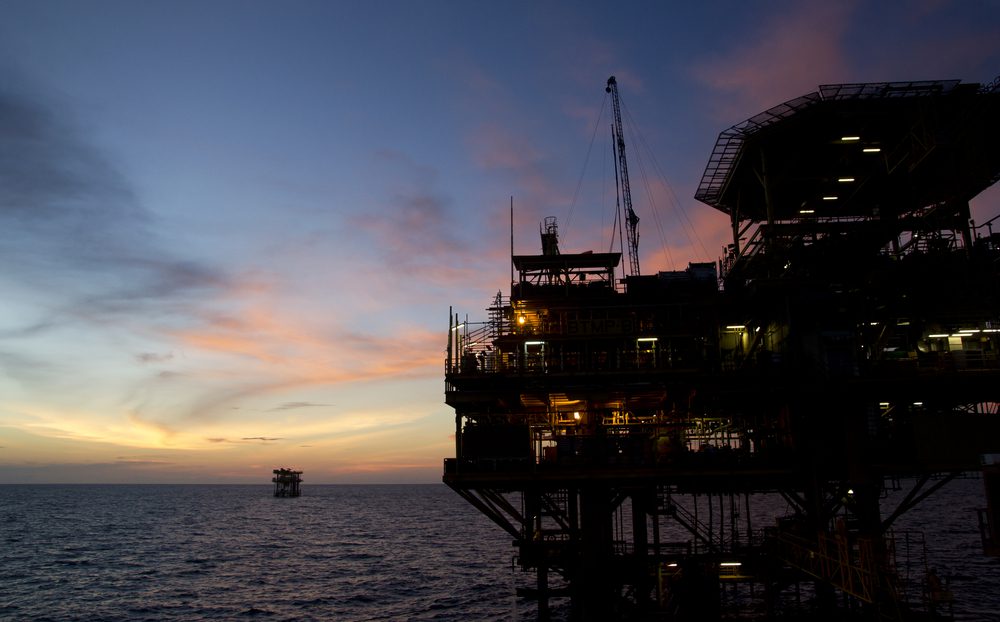Equinor and its partners Petoro, TotalEnergies, Shell and ConocoPhillips are exploring the possibility of building a 1 GW floating offshore wind farm in the Troll area of the Norwegian sector of the North Sea.
Named Trollvind, the wind farm could provide much of the electricity needed to run the offshore fields Troll and Oseberg through an onshore connection point.
Equinor and partners are already partners in the Troll and Oseberg fields. Trollvind, which would be located some 65 km west of Bergen, could facilitate the electrification of oil and gas installations, accelerate offshore wind development in Norway, and deliver extra power to the Bergen region. The Bergen area already serves several of these installations with power and needs more input to its electricity grid, says Equinor.
“By producing oil and gas with low greenhouse gas emissions, we reinforce the competitiveness of the Norwegian shelf, maintain activity in the industry and safeguard future value creation,” says Equinor’s chief executive, Anders Opedal. “Trollvind is a concept where renewable energy works to facilitate several objectives; helping cut emissions through electrification, delivering power to an area where shortages have already created challenges for new industrial development, and Norway maintains its position as a leader in the industrialisation of floating offshore wind. A full-scale floating offshore wind farm like Trollvind could boost momentum towards realising the Norwegian authorities’ ambition to position Norway as an offshore wind nation, building on expertise from the oil and gas industry.”
The Norwegian parliament in 2020 decided to intensify emission reductions requirements from the Norwegian continental shelf from 40 to 50 percent by 2030, meaning large-scale industrial single-point emission sources, such as offshore oil and gas installations, must reduce are under pressure to emissions. Electrification of installations with long remaining lifetimes will be a key initiative to succeed with this transition, says Equinor.
This initiative provides the supplier industry with predictability and an offshore wind portfolio to work with in the years ahead,” Opedal adds.
“This can be a fantastic opportunity for Norway and for the industry,” said Shell’s global EVP, Renewable Generation, Thomas Brostrøm. “Using our integrated capabilities to decarbonise existing operations and accelerate offshore wind development is exactly the kind of action our companies need to be taking to further society’s progress towards net zero by 2050.”
The partners in the project are evaluating commercial arrangements where the Trollvind development are selling power to the Troll and Oseberg installations and the onshore Kollsnes plant. The partners are now initiating feasibility studies aimed at an investment decision during 2023, with startup in 2027.

 Join The Club
Join The Club











